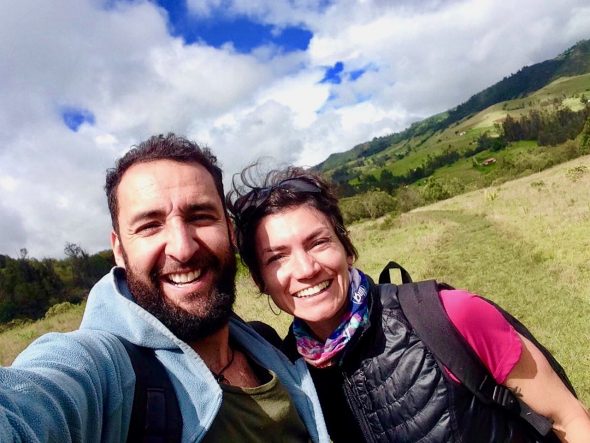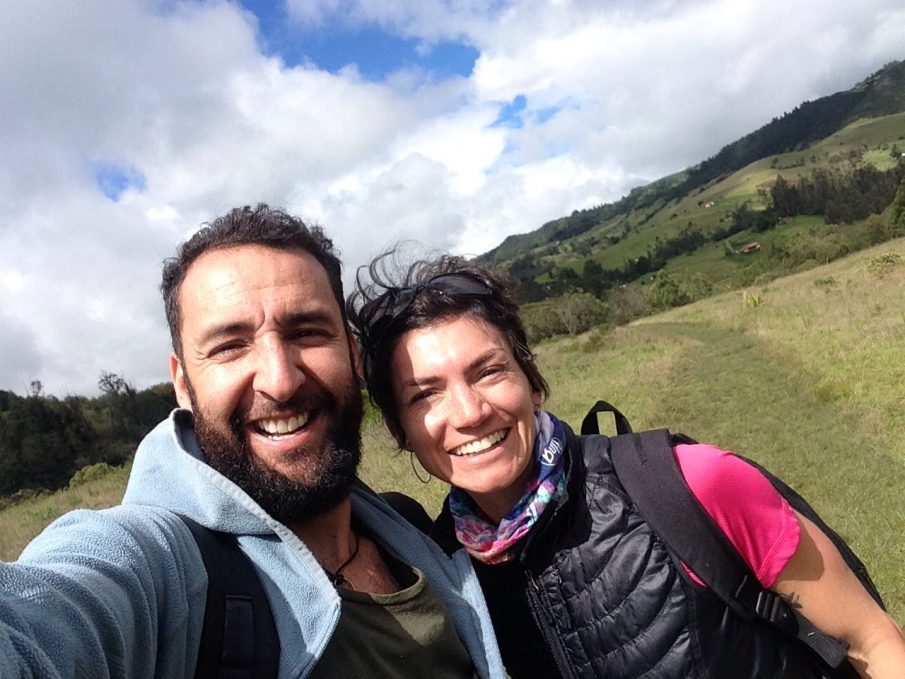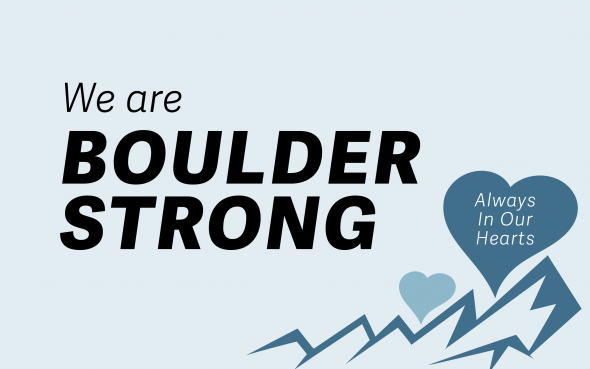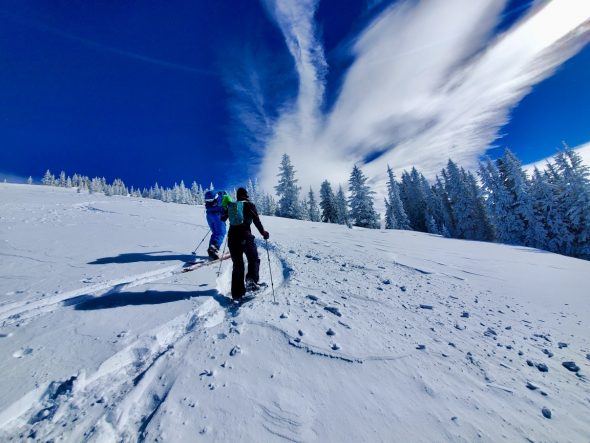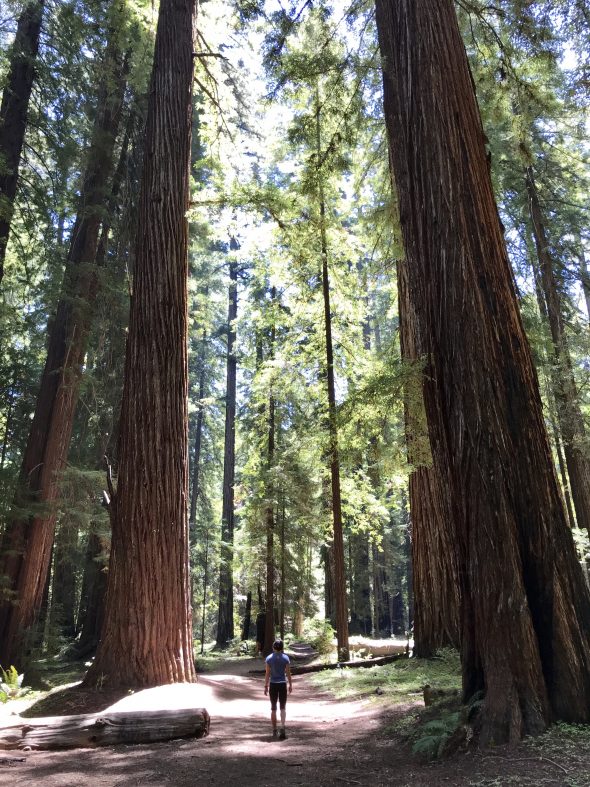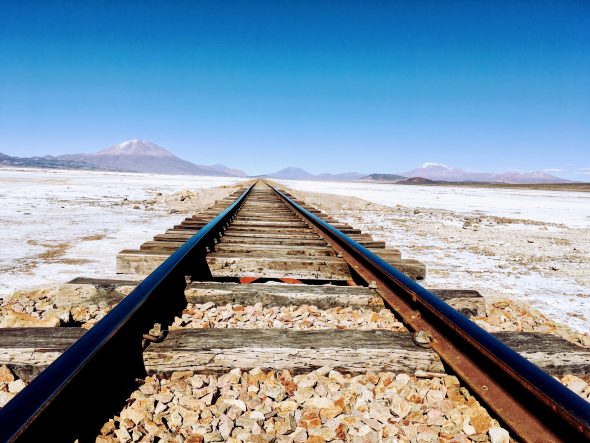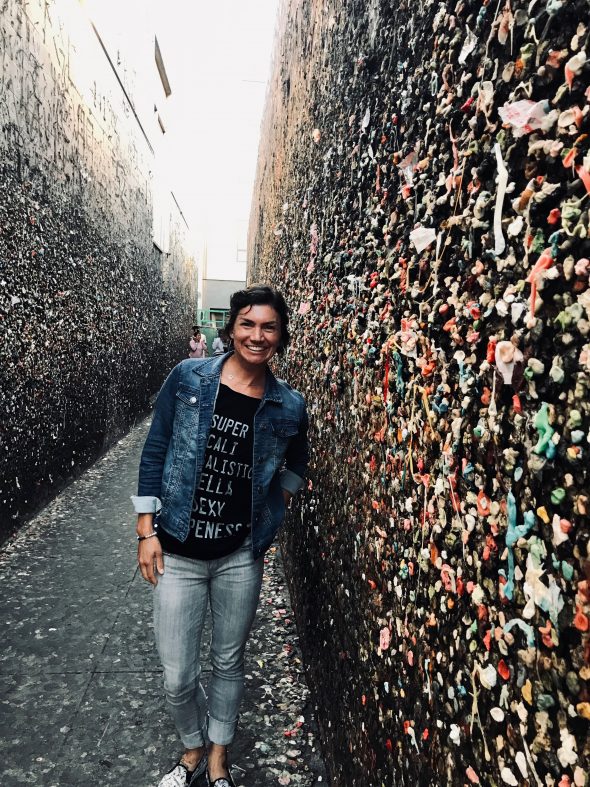From time to time, I’m going to write more about my life in Colombia, and this post is dedicated to a very important person there. Raul Posse is the man who hired me to teach English for a language school in Bogotá which specializes in providing personalized one-on-one or small group classes for business English language learners. Not only was his role critical in my landing in Colombia to live and work, but he continued to be an excellent resource for the many questions I had while living there, and he became a good friend.
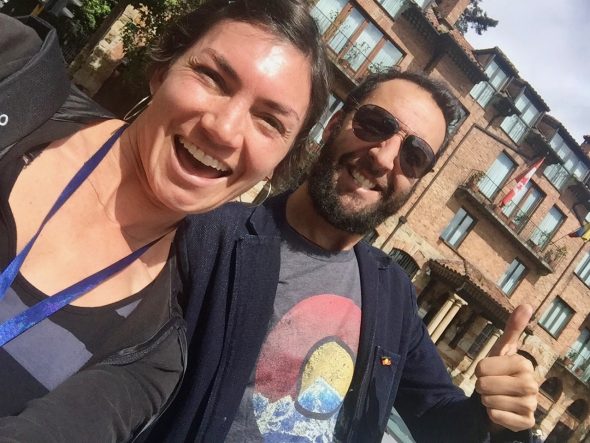
I call Raul my Colombian angel. It sounds sappy but I started saying this because I felt like he’d become a guardian angle of sorts. I don’t know how I would have figured out some things had it not been for him and his quick responses to many of my desperate texts (How do you…?/What is the…?/ Who do I …? / How do you say …? / What the $@*&!.. and on and on).
I would also forward him emails that were sent to me by my Colombian bank, Migration services, the language school, my Colombian health insurance. Sometimes the questions were urgent because it was really important to understand how to quickly find a work-around for fill-in-the-blank problem with any of those entities I just mentioned. He always got back to me promptly and without freaking out, which always made me feel calmer. Knowing that someone (a local someone) was willing to have my back and help me find solutions helped grow my trust in the process of learning and gaining confidence to even figure some of it out by myself. This makes me pause to consider how important this is for anyone, living as a foreigner or not. If we have at least one person who “has our back”, who is willing to walk alongside us through [fill in the blank], step by step it grows our personal abilities- as well as a bit more faith in humanity. I hope I am or can be this kind of person for others, as well.
Raul had been a long-term foreigner in another country in his past, so he gets it. He’s got an interesting story- one that inspires me. He’s Colombian through-and-through, with a mother from Cartagena on the Caribbean coast, and his father is from the country’s salsa-capital, Cali. Further back in Raul’s heritage are Italian, Argentinean, and Basque bloodlines.
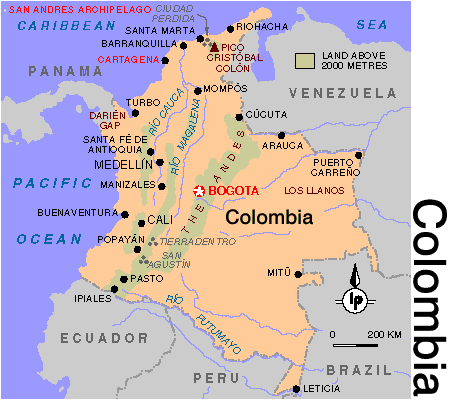
He moved from Cali to Bogotá when he was 13 and declares he has a love-hate relationship with the enormous capital city. I have to say I developed the same paradoxical feeling while living there for just the single year that I did. It’s huge and intimidating, dirty and crumbly yet artistically edgy, beautiful, and historically intriguing. It captivates you with a million paradoxes and a pulsating energy; it’s hard to pinpoint why you miss it when you leave. But you do.
Raul learned English in school but like many Colombians’ stories, the English teaching wasn’t great and didn’t prepare him well for practical use nor testing to get into a university in Queensland, Australia where he wanted to study marine biology. In his typical laid-back yet and humorous style, he told me about barely making it into “Uni” due to his English level which was a crash with reality. “I had to make an effort and told myself, ‘Carajo! Tengo que ponerme las pilas!’ “ Which is loosely translated as: *Expletive*! I really have to get with it! (Literally translating doesn’t work well for this expression, which is why he said it to me. He’s always helping me practice my Spanish!)
Students and many other people I met in Colombia had a similar story about not being well-prepared by English classes in high school, college, and many “boxed” language schools, and having to take it on as a discipline outside of school in order to make real progress. Raul told me he learned much of his English by listening to music like Metallica, Black Sabbath, Slayer, The Clash and Beastie Boys (now you know his era), as well as watching Seinfeld, Black Books (a British sitcom), and The Mighty Bosh (Really?! Those were your English teachers?) But apparently it helped. Let this be an encouragement to any of you language learners; besides books and worksheets and even classes, if you want to learn how a language is really spoken, you have to submerge yourself into the cultural mediums like music and television. No matter the incorrectness, accents, slang, poor taste… these are actually some of your key teachers.
Raul lived in Australia for nearly 16 years, which included studies, work, a marriage, a divorce, and traveling. He recalls that his arrival in North Queensland was quite intense and shocking because it’s a rural place and its resident aren’t used to foreigners, in contrast with large cities like Melbourne or Sydney where internationals are common. Raul said he arrived “to a redneck town with a strong accent, but began to find pockets of beautiful and interesting, creative people that taught [him] how to live a very chill and peaceful life.”
And that’s something I noticed immediately about Raul; his chill and peaceful vibe. Right off the bat, he’s friendlier than most Rolos (people who live in Bogotá), he doesn’t get ruffled easily (hence I could pelt him with 50 questions per day about all the stuff I was trying to figure out and he would take it all in stride). He has an easy-goingness about him that is contagious and that’s why I liked to spend time around him when I could. Bogotá’s frenetic pace plus being the relatively high-strung foreigner than I am caused me to gravitate toward pockets of peace, with a few people and in places of solace.
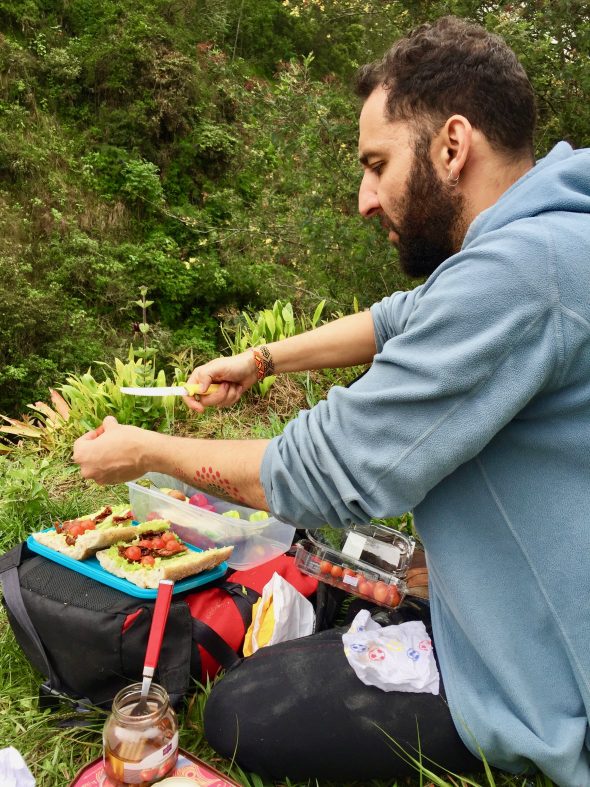
I asked Raul why he moved back to Colombia, because when he talks about his life in Australia he truly lights up. I know he loved living there and I know he plans to return.
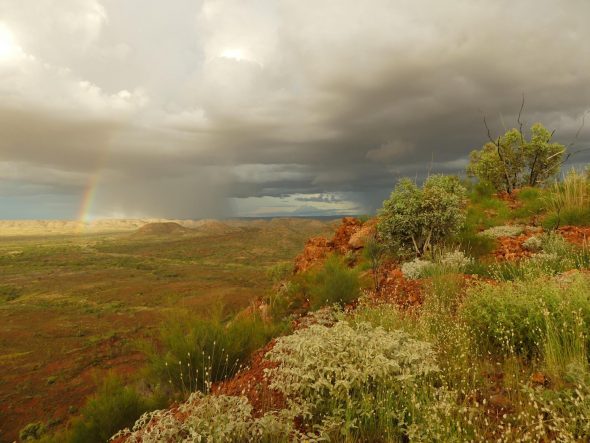
I met him a little over a year after his 2017 arrival back in Colombia. He says that it’s a special time in his country right now and he wants to be around for and contribute to it.
“Colombia has long been affected by violence and drug trafficking”, he says, “and currently it’s going through an incredible transition from years of killing one another to a time of hope and of growth. Conflict is not finished, but there is hope.”
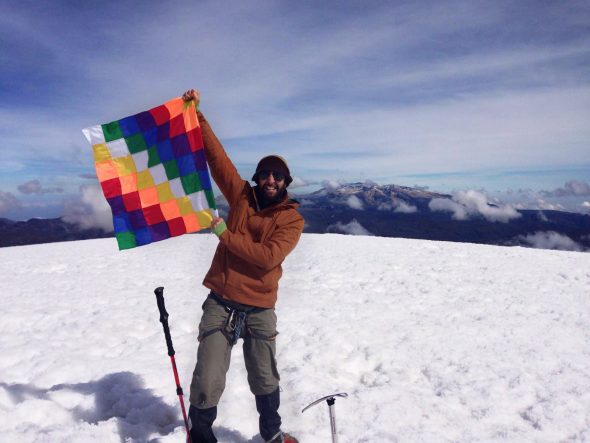
Even I witnessed it during my year there; there’s almost a tangible energy this hope carries, and tourists can see and benefit from the growth occurring all over the country.
Raul would want anyone who hasn’t visited Colombia to know that if you have any desire, the time is now. Did you know that Colombia is the second most bio-diverse country in the world, second to humongous Brazil? Let’s give this some context: Colombia is about two times the size of Texas. Brazil is about the same size as the entire US.
Bio diversity means a huge variety of flora, fauna, landscapes, climates, geography- you name it, if it’s natural or geographical, Colombia probably has it. Along with ginormous fruit, and a huge population of birds and flowers. It also boasts two vastly different coastlines. Think about all the variety of people and culture and practices that go along with those things. You can travel a short distance in the country and be in a vastly different setting; it’s amazing. So add growth in safety, systems, structures, tourism, and more English speakers and you have a season ripe for an explosion of growth & tourism.
So Raul wanted to return to contribute to the changes he wants to see continue in his country.
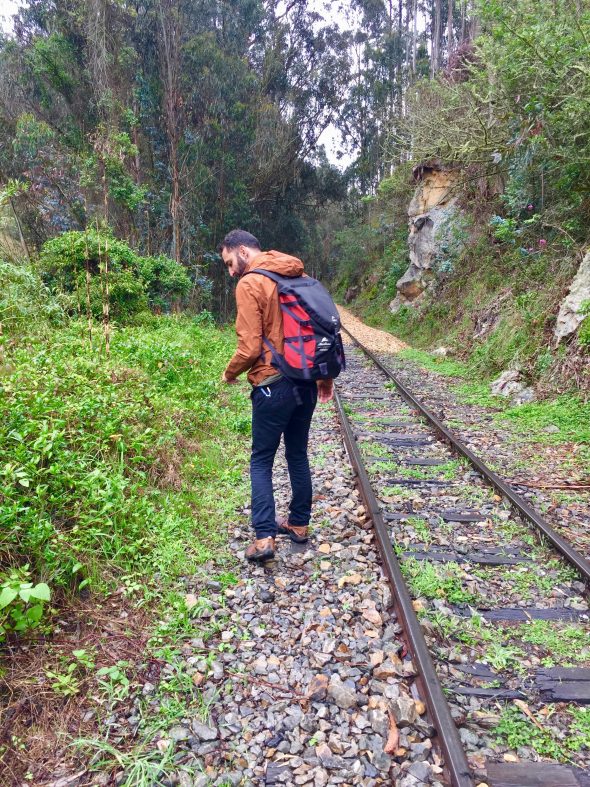
He’s passionate about nature. One of his (many) tattoos is an unfurling fern frond, which has special meaning to him and also makes for a wicked-cool tat. During my year living there, he completed courses in landscape design and shared with me that the classes taught him so much about plants and their potentials which is something he wants to be involved with. It also aids him in identifying flora as he does a lot of nature photography as well. Another profession and skill in his toolkit: photography and film.
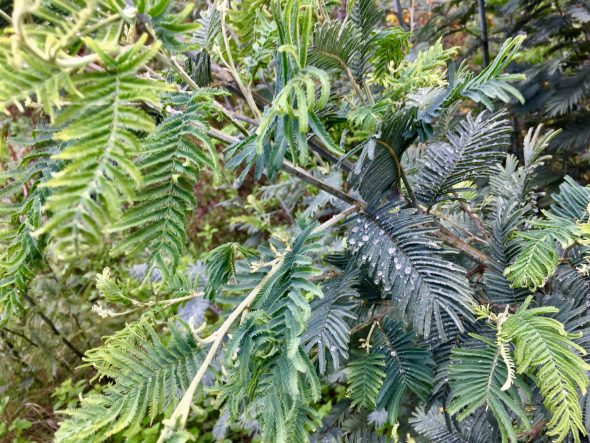
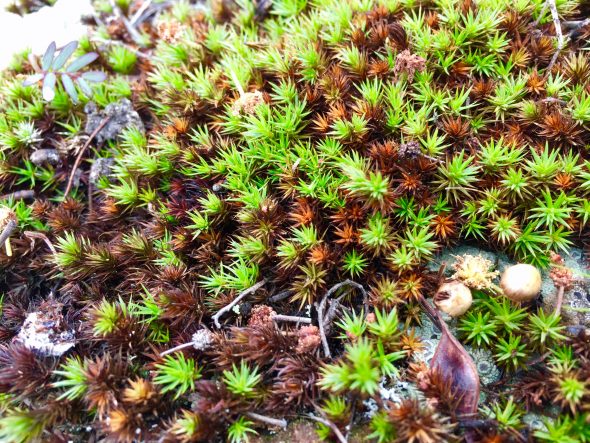
He’s taught photography in the Australian outback with indigenous communities, done collaborative work with scientists about conservation & climate change, filmed survivor communities in the corners of many Colombian cities… His professional and socially-responsible goals are
“to keep publishing work related to communities at risk, to meet more people that have stories to tell; I want to keep teaching in remote areas: English, photography, art, anything…”.
He gets involved with projects related to communities at risk, it’s post-conflict in the “Times of Peace” in Colombia. This dude is deep, he’s real, he’s funny, he’s cool, he’s empathetic, and he knows how to find all the info a foreigner needs to assimilate into Colombian working life in a relatively short time. Here’s a few other tidbits about him:
What is your favorite Colombian food? His favorite is the traditional soup which originated in Bogotá: Ajiaco. That is a hearty, delicious soup with a thick corn broth, chicken, and a special blend of spices; it’s one of my favorites too!
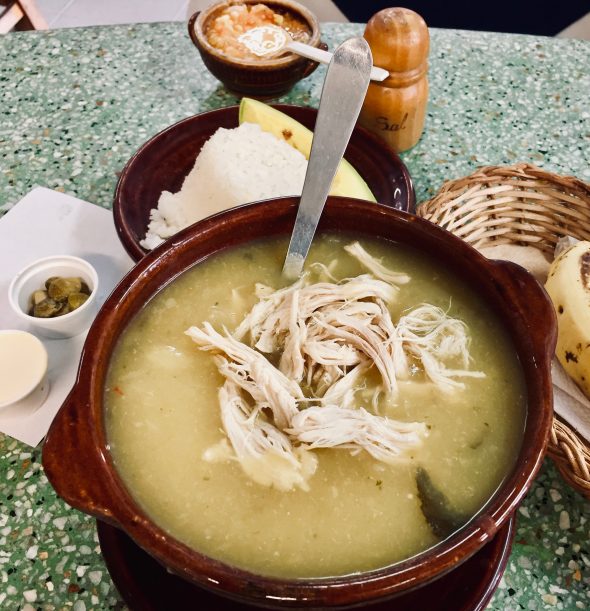
Raul, what is your favorite place in Colombia? The almighty Paramos, land above 10,000 feet which has a different ecosystem than anything lower; it’s different than US mountains at that altitude as well.
What are a couple of your favorite Colombian expressions? “Berraquera” which means when something is extremely awesome/impressive. And “Sumercé“: this term comes from the combo of su (your) + merced (mercy). It’s a very elegant Colombian expression, which is a very respectful way to address someone; it can be translated as ma’am or sir but is especially used in rural areas.
What are a couple of your favorite English expressions? He loves Australian English so his answer is “Arvo” which is Aussie slang for afternoon. “See ya this ‘arvo!
What is something else you appreciate about your country? “Music, music, music! When the Spanish arrived to the Americas to conquer these lands bringing the Africans with them as slaves, the results was yet another heterogeneous element in a bio-diverse land, unique geographical location, and geological formations with all the climates is what you get.” Click here for a great recent National Geographic article about Colombia’s music.
And, CLICK HERE to view Raul’s website with much of his amazing photography and other info including how to contact him.
Raul not only helped me navigate many parts of my life in Colombia, he gave me great recommendations for places to visit, things to do, music to listen to. He and his also amazingly-talented girlfriend Marcela invited me to the one-and-only Colombian marcha (protest) I attended and was so glad I did. I believe he invited me because it would be educational, and it was also quite safe. It was advertised as a peaceful march for the public to show up en masse against some recent threats & assassinations. As the country continues to come out of a dark past, people are really passionate about not staying silent and making headway for positive change to continue and accountability to be put in place.
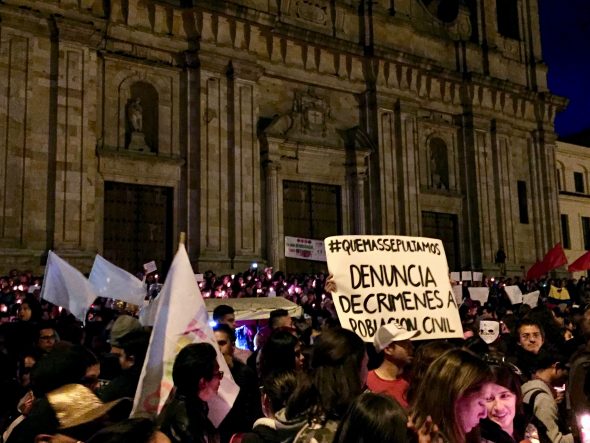
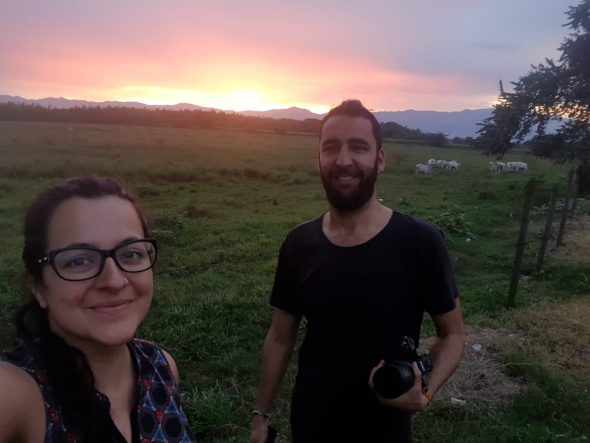
He also taught me how to identify the call of a hummingbird (whose name in Spanish, colibrí, is one of my very favorite words), the names of many trees and flowers and how to look closely to see tiny flora inside or on top of other plants and trees.. there is so much natural beauty in Colombia, and he appreciates it all and passes along his knowledge so that others may appreciate more deeply. I observed that many Colombians have a deeply-ingrained love of natural settings, even when they’re not as educated about it as Raul is.
Raul, gracias de verdad, mi amigo! Thanks so much, my friend, for contributing to my great experience in Colombia, which fuels my desire to share it with many others.
